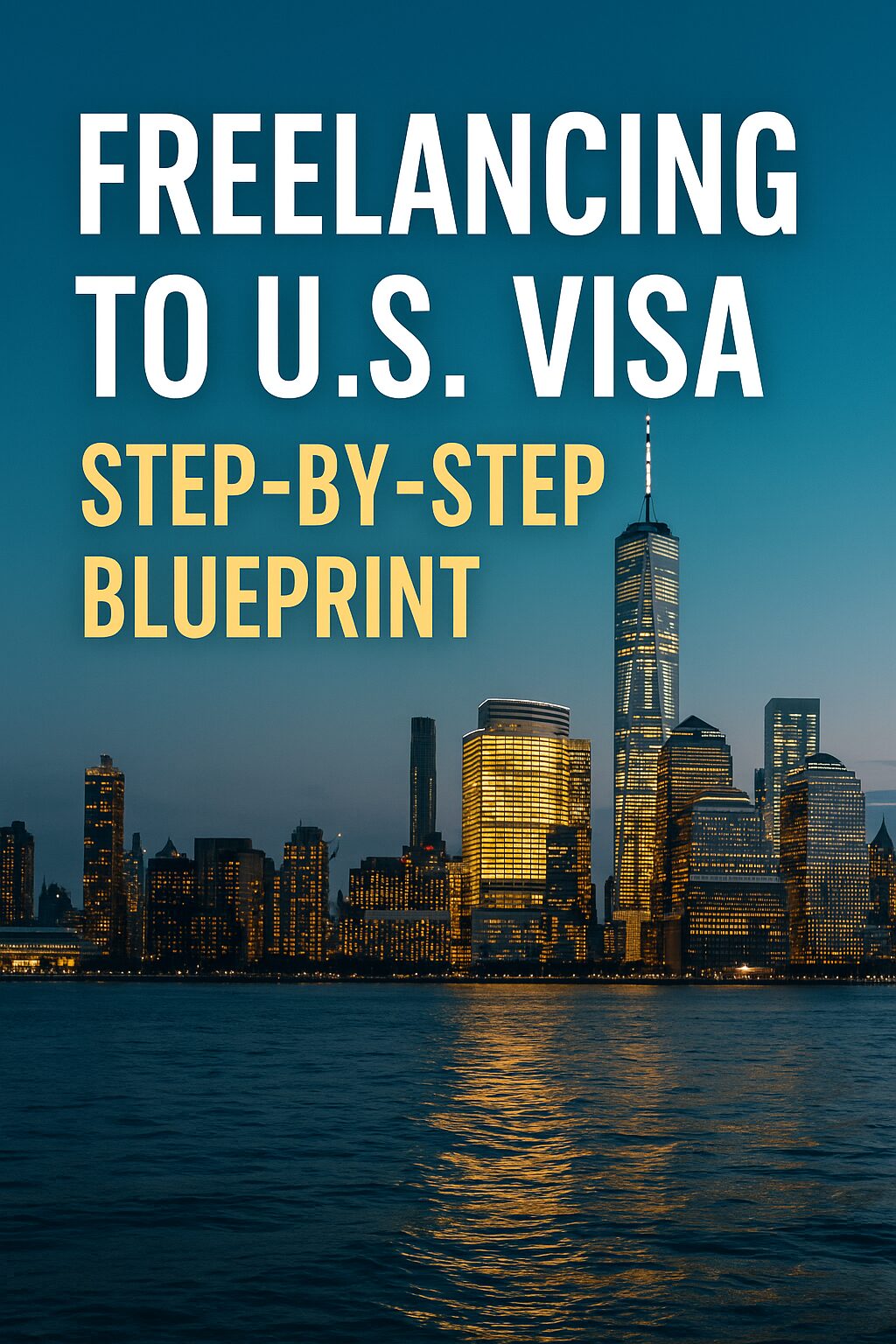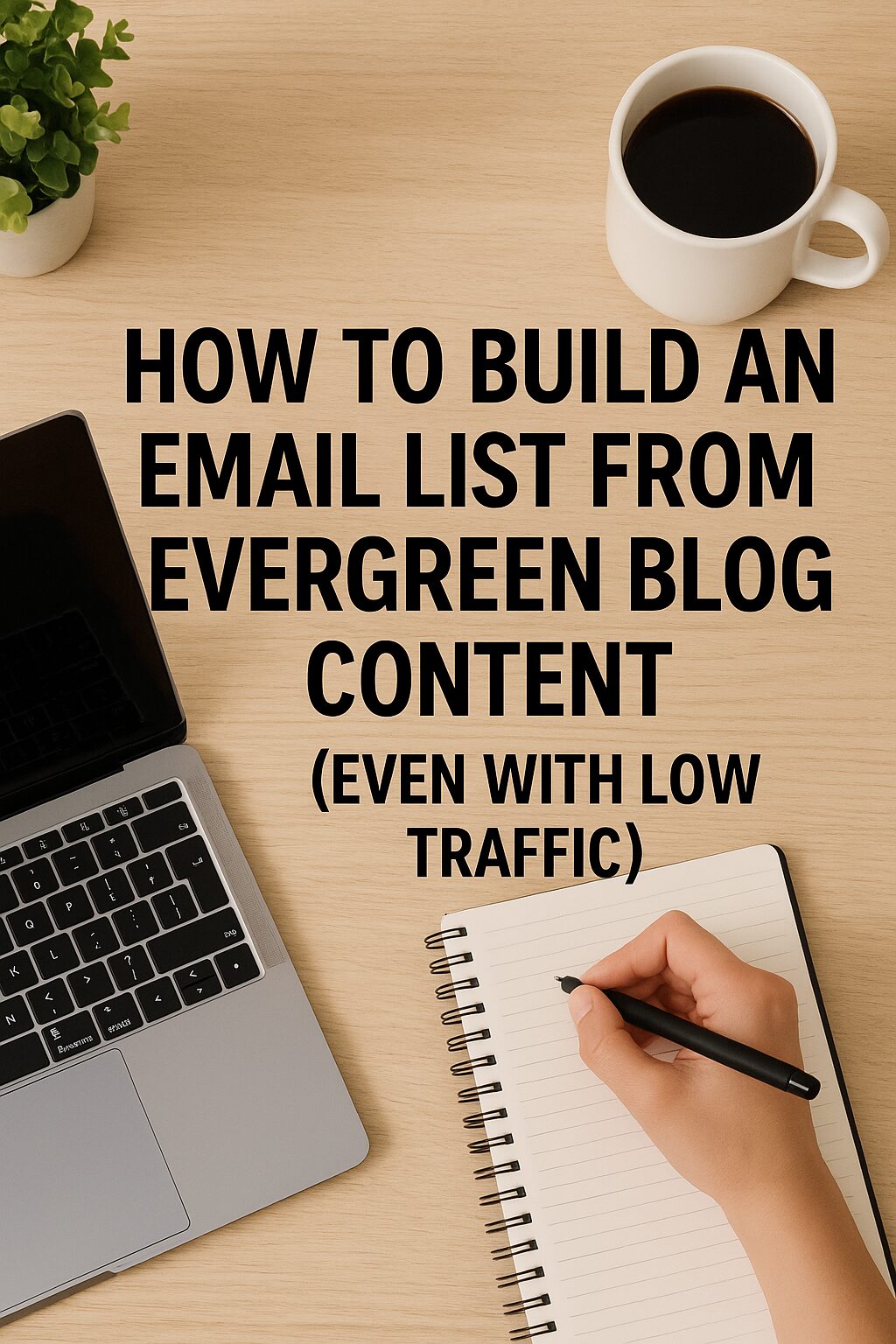Breaking into the U.S. as a freelancer with big goals? Whether you’re an artist, engineer, or digital nomad, freelancing can be the bridge to a long-term visa. This guide will show you how to use your freelance career as a launchpad to secure an O-1 or E-2 visa—legally, strategically, and confidently.
1. Understand the Purpose of Each Visa
- O-1 Visa: For individuals with extraordinary ability in arts, sciences, education, business, or athletics.
- E-2 Visa: For entrepreneurs and investors from treaty countries investing in a U.S. business.
If you freelance with the intent to prove expertise (O-1) or build a business (E-2), this path may be right for you.
2. Start Building a Freelance Portfolio That Matters
Not all freelance work helps your visa case. Choose projects that:
- Have international or U.S.-based clients
- Include media mentions or awards
- Show high earnings and business growth
- Involve prestigious collaborations
📌 Example: A graphic designer with 10+ published magazine covers and international clients has stronger proof for an O-1.
3. Set Up a U.S.-Compliant Business Structure
For E-2 applicants:
- Set up an LLC or C-Corp in a U.S. state (Delaware or Wyoming are popular)
- Open a U.S. business bank account
- Invest a substantial amount in the business (usually $50K+)
- Prepare a business plan, invoices, and income statements
For O-1 applicants:
- Your freelance business should operate like a personal brand
- Your work must be well-documented and public-facing
4. Document Everything from Day One
Start a digital folder with:
- Contracts and invoices
- Bank statements
- Client testimonials
- Awards or mentions
- Media coverage (screenshots or PDFs)
📌 These documents become crucial for proving your qualifications later.
5. Work with a Visa-Savvy Immigration Attorney
You can begin alone, but visa transition gets technical fast. A qualified attorney can:
- Structure your freelance work properly
- Help position your business or achievements for visa approval
- Prevent costly mistakes (like violating immigration rules)
6. Avoid Freelancing While on Ineligible Visas
Do not freelance in the U.S. while on:
- B1/B2 tourist visas
- ESTA visa waiver
- F-1 (unless authorized via CPT/OPT)
Unauthorized work can lead to bans or visa rejection.
7. Track Your Success Metrics
Officers care about real impact. Keep track of:
- Income earned
- Media appearances
- Testimonials and reach
- Notable clients or collaborations
Make your story quantifiable.
8. Show Future Intent with a Clear Vision
Your freelance story must align with long-term visa goals.
- Want an O-1? Show extraordinary ability and future work in the U.S.
- Want an E-2? Prove your business can grow and create jobs.
Include a business roadmap or 2-year forecast.
9. Real Examples of Freelance-to-Visa Success
- A YouTube filmmaker with millions of views and brand deals → O-1 visa
- A UX designer who launched a U.S. LLC and hired a local contractor → E-2 visa
Success is possible—but only with strategy and proof.
10. Final Tip: Stay Consistent and Patient
Visa-based freelancing is not overnight success. But with planning, documentation, and persistence—you’re building your immigration case every day.



 Top 5 Side Hustles You Can Start with $0 in 2025
Top 5 Side Hustles You Can Start with $0 in 2025 How to Make Money While You Sleep
How to Make Money While You Sleep Start a Blog That Earns $1,000/Month – Even in 2027
Start a Blog That Earns $1,000/Month – Even in 2027 Evergreen Blog Topics That Can Make Money for Years
Evergreen Blog Topics That Can Make Money for Years The Smart Blogger’s Guide to Monetizing Evergreen Posts
The Smart Blogger’s Guide to Monetizing Evergreen Posts How to Build an Email List from Evergreen Blog Content
How to Build an Email List from Evergreen Blog Content What to Send to Your Email List (Without Being Salesy)
What to Send to Your Email List (Without Being Salesy)